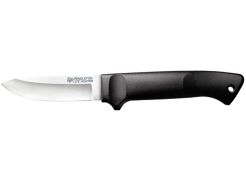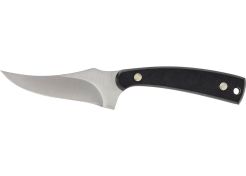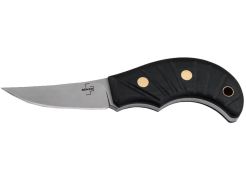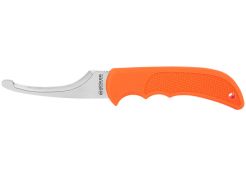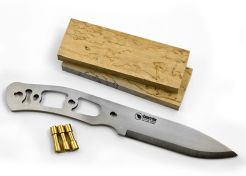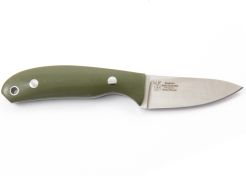Here’s one for your conscience: which steel?
There are lots of different types of steel for blades, but in the end the choice is simple: carbon steel or stainless steel. Carbon steel is extremely tough, hard wearing and easy to sharpen when you’re out in the field. It will stay sharp for a long time too. But… it’s sensitive for corrosion and corrosion dulls a blade even faster than normal wear and tear. Stainless steel on the other hand, is a bit softer, will lose its sharpness a bit quicker and is harder to sharpen too. But as a hunting knife normally doesn’t see much abuse and is used to cut soft meat, its sharpness will last you a long time and -more important- it’s not sensitive for corrosion. And here’s where we test your conscience: do you have the time, when out hunting, to immediately clean your hunting knife? And do you have the discipline to wax or oil it every time after cleaning?
Over here at Krale, we’re hunters too, so we know most of you will surely have the intention to take meticulous care of your hunting knife. And we also know those good intentions (like ours) will fly out of the window as soon as you’re out hunting and find you don’t really have the time or patience to immediately clean your knife, which makes a stainless steel hunting knife much more practical and as a hunting knife has a relatively easy life, its sharpness will last a long time anyway.
What can you realistically expect from a hunting knife?
It’s easy to make a long wish list of cutting properties you’d like your hunting knife to have. And the longer you think about that, the more unrealistic the list will be with you ending up looking for a needle in a haystack. Luckily, reality is so much simpler, as the most important thing you want from a hunting knife is the ability to make a nice and clean cut. And besides cutting meat, you’d sometimes like to do some skinning, but for all other things like deboning or gutting -most of which you’ll do at home anyway- you’re better off with a purpose built butcher knife set. It’s more practical and will give you way better accuracy.
Often, a hunting knife features a drop point, where the spine of the blade will drop on the front. This will give you a strong point that makes skinning a breeze and can also take on some cartilage. You’ll get the best cut out of your meat. Also often used and a bit more versatile is the clip-point, where the point features a concave spine, making it more pointy. It’s still okay for skinning and cutting meat, but also let you take on other things such as (detailed) camp chores.
Don’t forget ergonomics!
While out hunting, your hand will get dirty, wet and cold. That’s why it’s important to think a bit about the shape and material of the handle. Materials such as wood and bone or antler feel warm and comfortable out in the cold. A synthetic handle however, is easier to clean and thus more hygienic, although not everybody is a fan of the aesthetics.
The handle should lay comfortable in your hand and be shaped in such a way that you’ll have a good control on the blades movements to cut as delicate as possible. And especially in cold weather, when your fingers will go numb and your coordination will lose its edge -to keep in terms- it’s nice to have a guard preventing your fingers from sliding onto the blade.
The size of your hunting knife is a personal thing. We’ll be the first to agree a large knife does look impressive and will let you make long cuts. However, a knife with a smaller blade is way easier to manoeuvre, helping you to get more out of the meat. And secondly, it’s easier to carry with you, while it’s also a bit more subtle for the onlooker.







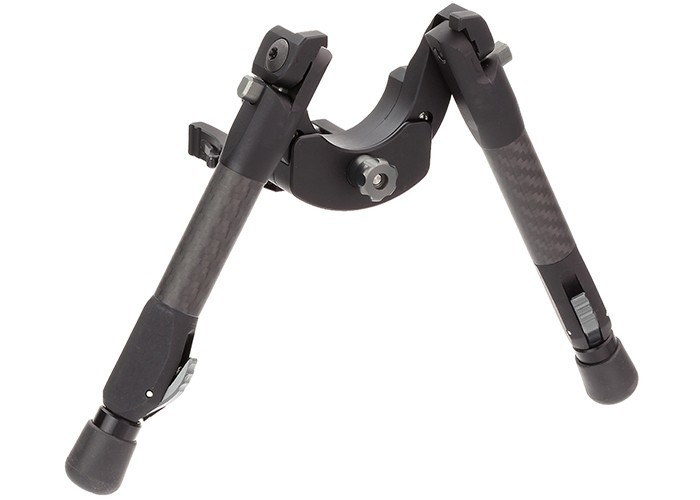
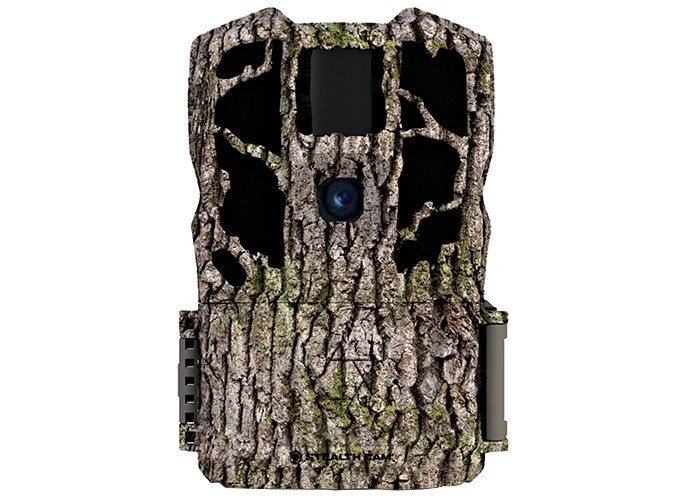
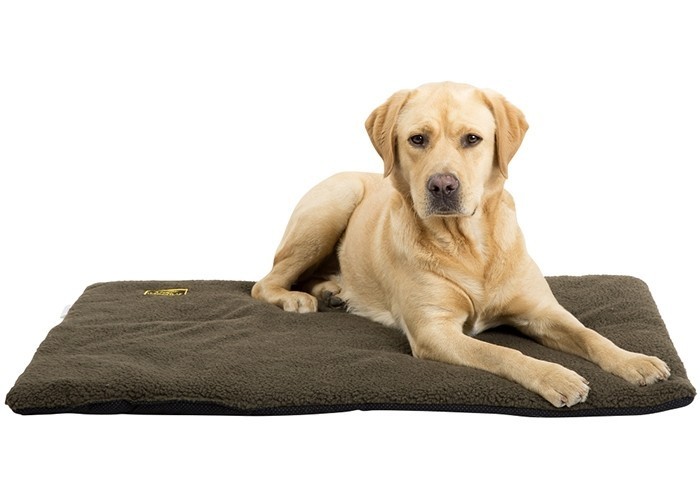
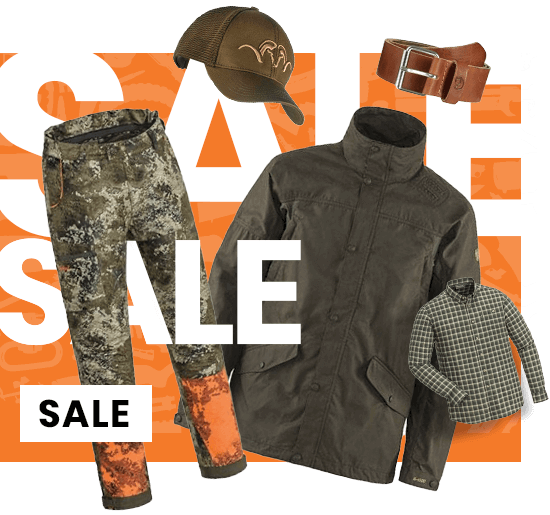
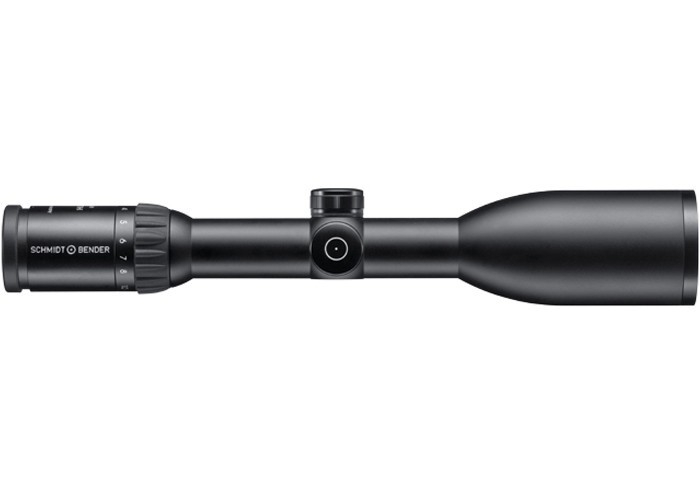
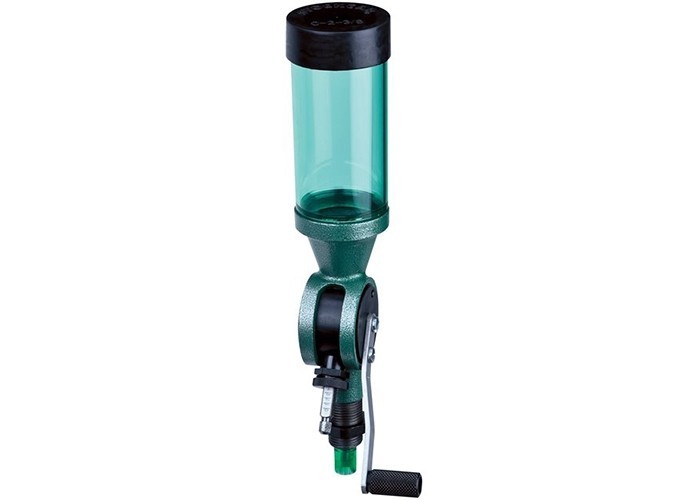

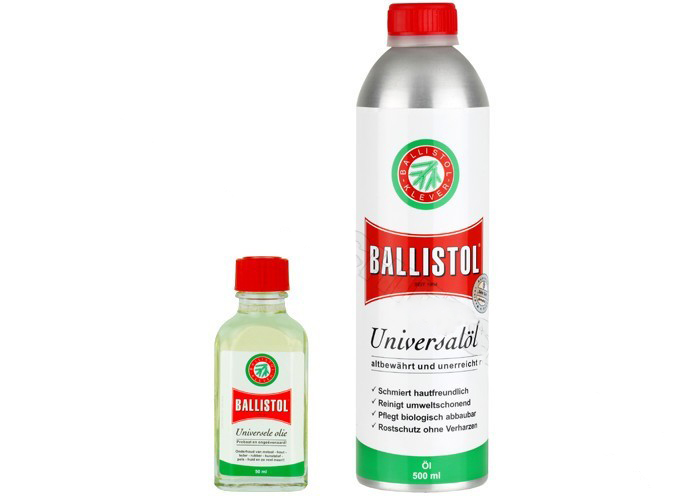
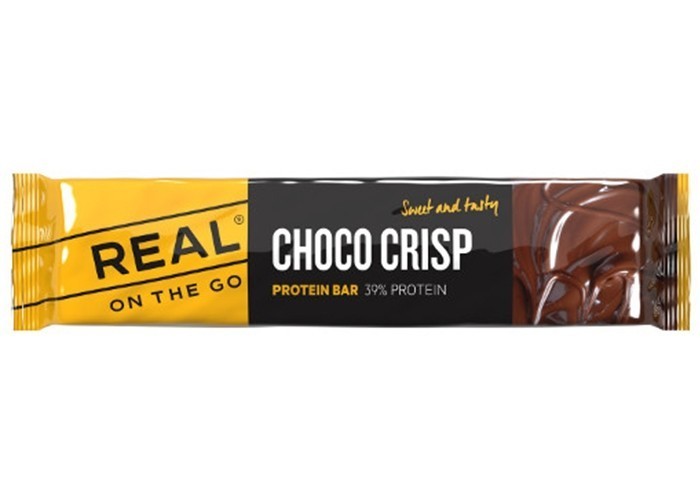
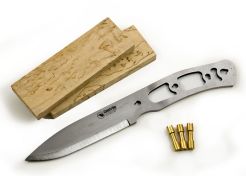
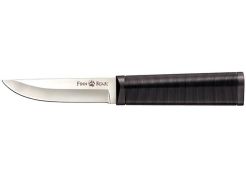
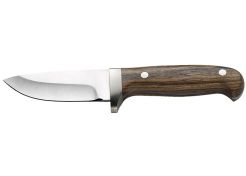
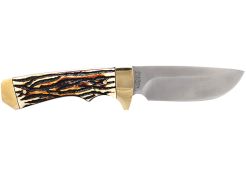
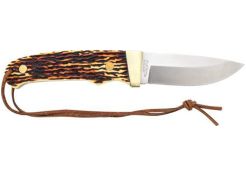
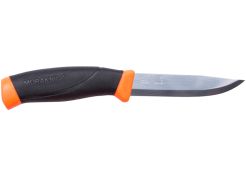
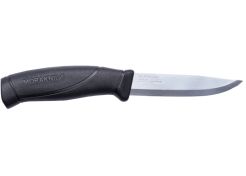
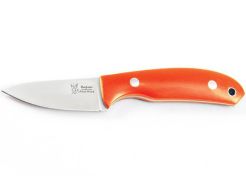
 Fast & secure delivery
Fast & secure delivery Secure shopping & payment
Secure shopping & payment Lots of expertise
Lots of expertise